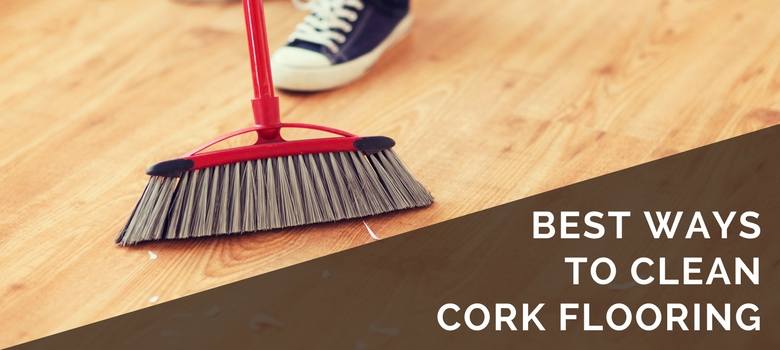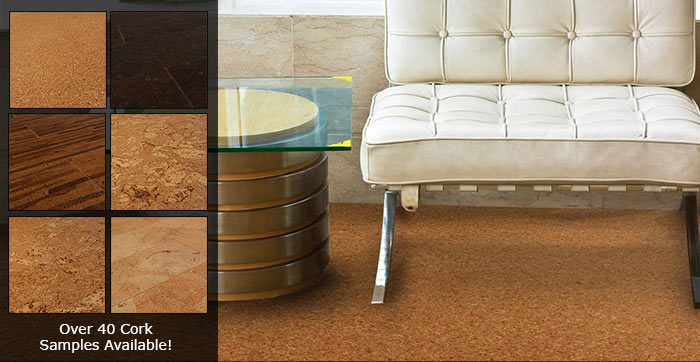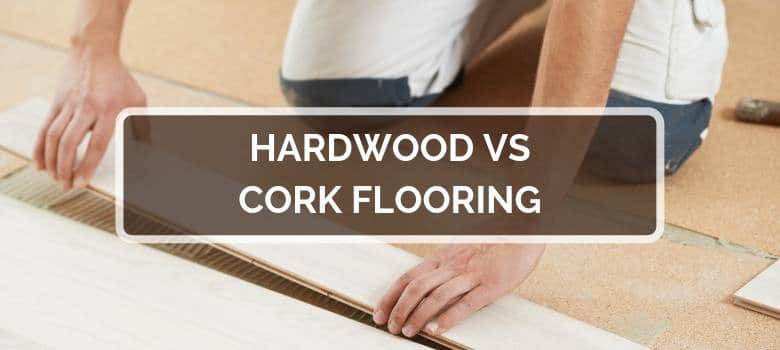Do Cork Floors Retain Heat

However beware of making false economies when choosing a new floor.
Do cork floors retain heat. Yes cork can be applied over radiant heat using two different installation methods. Some cork product may have a lower temperature recommendation. When testing foot temperature in contact with four varied materials cork floors stand out as the best solution to retain. Use of a humidifier is suggested.
Cork is a good choice if you re looking for a warm attractive flooring material that has a comfortable informal appearance. Close your window coverings once the day cools to retain the heat you ve collected. A quick way to determine if your floor is thick enough is to do a cross section of your floor. It can be installed on uneven surfaces.
It can be used over radiant heat systems. It is not the right flooring material if you insist on a perfectly pristine floor as cork is a somewhat soft material that develops a patina of wear over time. A cork floor brings a pleasant cosy atmosphere to your home and is also nice and warm underfoot. It is normal to have the slab reduced to the lower range during installation as working conditions become too warm with physical activity.
Select an inconspicuous area like around a heat vent and measure it. The heating system should remain on and functional during the installation period. Cork can be installed over existing flooring systems such as wood or linoleum. The surface temperature of the floor should not exceed 85 degrees fahrenheit.
This technique works best on floors that are great conductors of heat such as hardwood and tiles. Extreme environmental conditions meaning exposure to extreme heat. Just like other wood products cork is subject to the phenomenon of expansion and shrinking in response to climactic changes. Always review the products installation instructions.
It should be pointed out that the flooring installed over in floor heating might gain moisture or dry out faster. It is an excellent material to be used on retrofitted buildings. We cork floors are suitable for use with under floor heating. Cork flooring systems can be installed like regular ceramic or glass mosaic tile.
What would be more obvious than to increase this effect by underfloor heating. In floor heat should be allowed to run 5 6 days before installation regardless of the season. Underlayment often acts as a temperature buffer between chilly concrete or plywood subfloors below and flooring surfaces above. When doing so the radiant surface temperatures should never exceed 82 degrees.
The general rule of thumb when it comes to cork flooring is if the floor is solid cork and thicker than 4 millimeters it can be sanded and refinished.













































